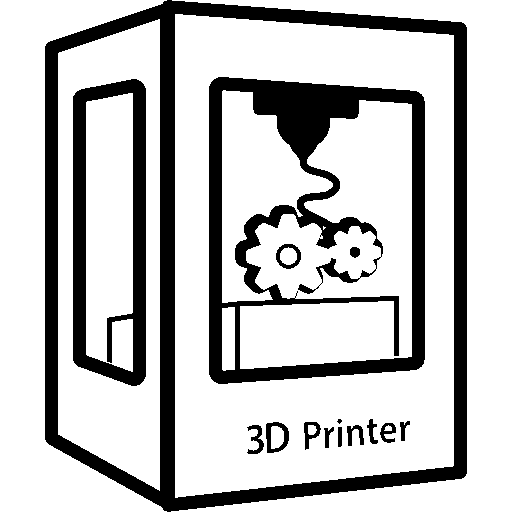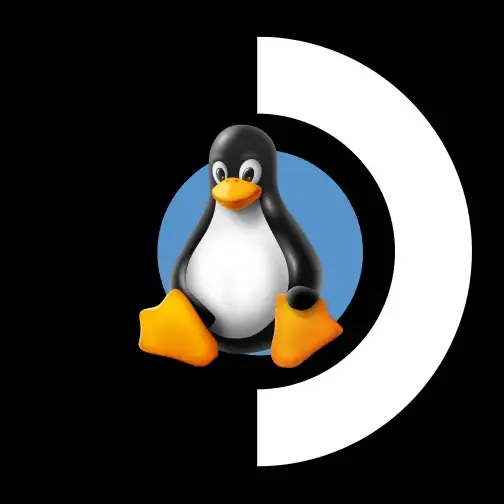

Can’t you turn on Developer Mode to enable third party slicers?


Can’t you turn on Developer Mode to enable third party slicers?


I believe you set env vars on Windows through System Properties -> Advanced -> Environment Variables.


I believe you just need to set the env var OLLAMA_HOST to 0.0.0.0:11434 and then restart Ollama.


What OS is your server running? Do you have an Android phone or an iPhone?
In either case all you likely need to do is expose the port and then access your server by IP on that port with an appropriate client.
In Ollama you can expose the port to your local network by changing the bind address from 127.0.0.1 to 0.0.0.0
Regarding clients: on iOS you can use Enchanted or Apollo to connect to Ollama.
On Android there are likely comparable apps.


I think of the Bambu P1S as the inexpensive alternative to the Bambu X1C or a comparable printer from Prusa, at least in terms of print consistency and ease of use.
My Bambu was my fourth 3D printer (second FDM printer) and it took 3D printing from a frustrating, time consuming hobby to just a thing I do to enable other hobbies. I don’t have to spend time tweaking settings to get a decent print, because the default settings are already good enough. Instead, I can focus on designing models or working with finished prints.


I’ll have to check out both OpenSCAD and Code Comic. Some completely non-CAD DSLs that you might be interested in, since you mentioned GraphViz:
Mermaid.js does something very similar to Graphviz. There are a couple other similar tools like that out there, but Mermaid is supported in a lot of places natively or as an easy to use plugin, like GitHub Markdown (and other git forges like Forgejo), Hedgedoc, Obsidian, SilverBullet, etc…
I’d also argue that LaTeX counts, and to a lesser extent, Markdown - compare using them to using Word.
And reveal.js is an equivalent for slide deck creation that would normally be done with PowerPoint.

How is that an assumption at all? If you provide the same amount of infrastructure for bikes as for cars, then you still have half the infrastructure for cars, so people can use both / either.
And for those of us living in places where we don’t have bike friendly infrastructure, it’s useful to be able to point out that converting car infra to bike infra would have the capacity to reduce congestion, particularly if the area commits to making those changes more widely.


I’m a professional software engineer and I’ve been in the industry since before Kubernetes was first released, and I still found it overwhelming when I had to use it professionally.
I also can’t think of an instance when someone self-hosting would need it. Why did you end up looking into it?
I use Docker Compose for dozens of applications that range in complexity from “just run this service, expose it via my reverse proxy, and add my authentication middleware” to “in this stack, run this service with my custom configuration, a custom service I wrote myself or forked, and another service that I wrote a Dockerfile for; make this service accessible to this other service, but not to the reverse proxy; expose these endpoints to the auth middleware and for these endpoints, allow bypassing of the auth middleware if an API key is supplied.” And I could do much more complicated things with Docker if I needed to, so even for self-hosters with more complex use cases than mine, I question whether Kubernetes is the right fit.


You have it backwards.
Chronologically, the “theft” comes first. And you can easily purchase something you previously stole.
Theft is in scare quotes because piracy isn’t theft and I’m assuming OP isn’t going to actually steal someone’s Steam Deck, Switch, or Switch game cartridge… but maybe I’m wrong.
(Also you could “steal” it after purchasing it by buying on one platform and pirating it on another, but that’s a separate matter.)


Just be aware that you need a 2230 M.2, not the much more common 2280 size.
By chance did you make her unintentional malapropism a canon part of the history of the company’s name? Like Google’s backstory (it may be an urban legend, but I heard they’d intended to name it “googol” but didn’t know how to spell the word, and misspelled it as “Google” when submitting their application).
Strange, I suddenly want to have an Italian-inspired, high class restaurant in my game called “Bone Apple Tea”


Claiming that GTA is responsible for mass shootings is an example of what pro-gun activists do in order to deflect the blame off of guns.
I don’t use my Windows 10 desktop a ton, but I’ve definitely gotten the full page “Update to Windows 11” screen a few times, and it has Windows 10 Pro installed.


Sure, just be aware that unripe tomatoes (not just the stems) are also toxic to cats.


You can’t just consider the cheese! You gotta look up all the ingredients!
Consensus: hold the tomato! Otherwise, if there’s no seasoning, everything else is acceptable in small amounts.


This is what I would try first. It looks like 1337 is the exposed port, per https://github.com/nightscout/cgm-remote-monitor/blob/master/Dockerfile
x-logging:
&default-logging
options:
max-size: '10m'
max-file: '5'
driver: json-file
services:
mongo:
image: mongo:4.4
volumes:
- ${NS_MONGO_DATA_DIR:-./mongo-data}:/data/db:cached
logging: *default-logging
nightscout:
image: nightscout/cgm-remote-monitor:latest
container_name: nightscout
restart: always
depends_on:
- mongo
logging: *default-logging
ports:
- 1337:1337
environment:
### Variables for the container
NODE_ENV: production
TZ: [removed]
### Overridden variables for Docker Compose setup
# The `nightscout` service can use HTTP, because we use `nginx` to serve the HTTPS
# and manage TLS certificates
INSECURE_USE_HTTP: 'true'
# For all other settings, please refer to the Environment section of the README
### Required variables
# MONGO_CONNECTION - The connection string for your Mongo database.
# Something like mongodb://sally:sallypass@ds099999.mongolab.com:99999/nightscout
# The default connects to the `mongo` included in this docker-compose file.
# If you change it, you probably also want to comment out the entire `mongo` service block
# and `depends_on` block above.
MONGO_CONNECTION: mongodb://mongo:27017/nightscout
# API_SECRET - A secret passphrase that must be at least 12 characters long.
API_SECRET: [removed]
### Features
# ENABLE - Used to enable optional features, expects a space delimited list, such as: careportal rawbg iob
# See https://github.com/nightscout/cgm-remote-monitor#plugins for details
ENABLE: careportal rawbg iob
# AUTH_DEFAULT_ROLES (readable) - possible values readable, denied, or any valid role name.
# When readable, anyone can view Nightscout without a token. Setting it to denied will require
# a token from every visit, using status-only will enable api-secret based login.
AUTH_DEFAULT_ROLES: denied
# For all other settings, please refer to the Environment section of the README
# https://github.com/nightscout/cgm-remote-monitor#environment


To run it with Nginx instead of Traefik, you need to figure out what port Nightscout’s web server runs on, then expose that port, e.g.,
services:
nightscout:
ports:
- 3000:3000
You can remove the labels as those are used by Traefik, as well as the Traefik service itself.
Then just point Nginx to that port (e.g., 3000) on your local machine.
—-
Traefik has to know the port, too, but it will auto detect the port that a local Docker service is running on. It looks like your config is relying on that feature as I don’t see the label that explicitly specifies the port.


JustWatch is still useful if you want to act like you watched it legitimately, e.g., if a coworker asks where they can watch it. Even if your coworker also pirates, they might not have an account on your private tracker, Usenet, etc…
I may be wrong, as I haven’t actually torrented anything substantial since Demonoid was still a thing, but it all feels less accessible than it used to be.
You could have the PCs be in service to an evil wizard or overlord, and just take any regular plot and give them the baddies’ role.
You could have multiple factions in a city, like noble houses, and give them some sort of goal to accomplish in that context. Think Game of Thrones or the drow in Menzoberranzan.
You could have them doing something “good” but with a “the ends justify the means” mentality.